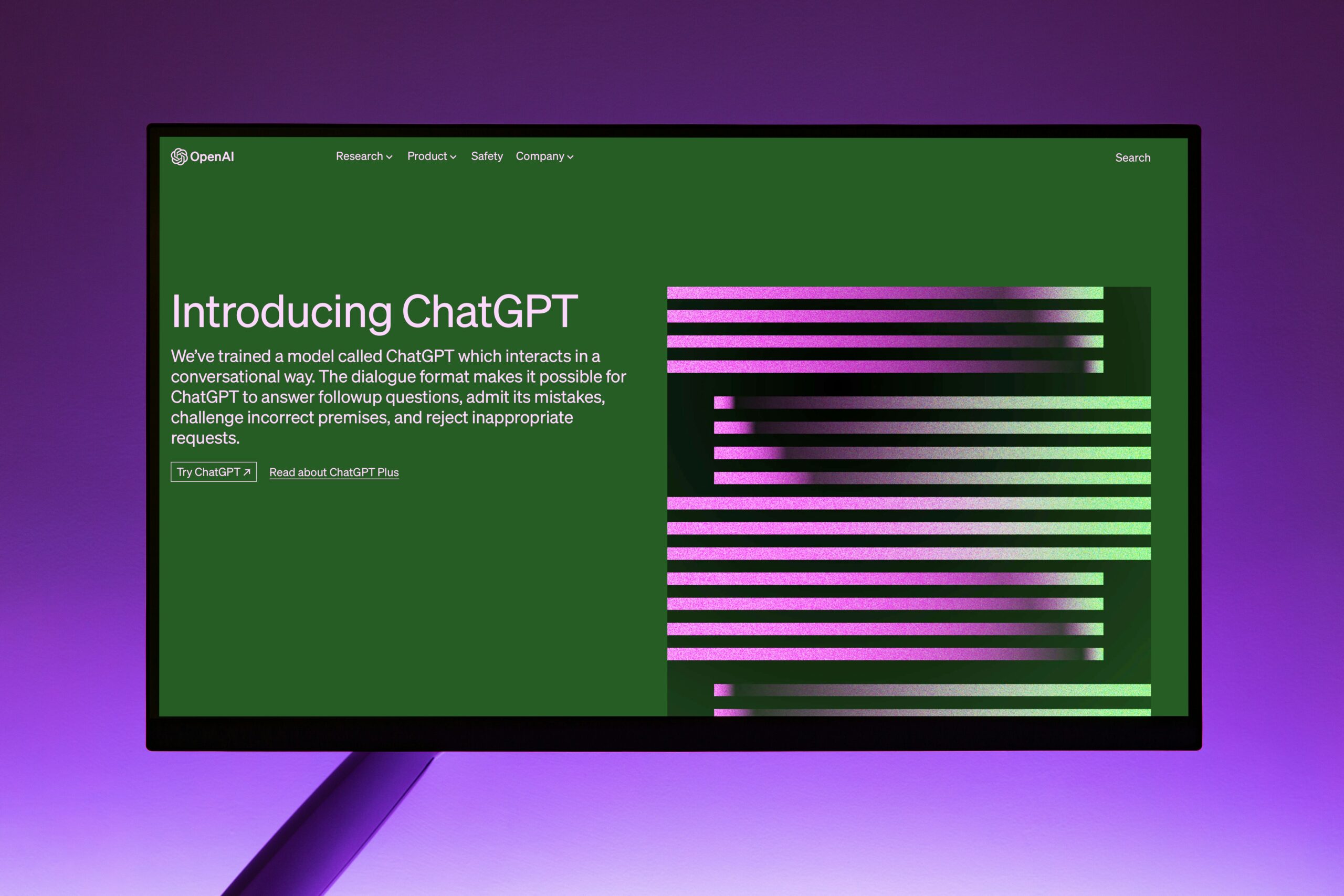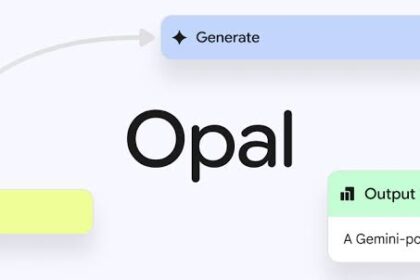On July 29, 2025, OpenAI rolled out Study Mode in ChatGPT, a clever new feature designed to flip the script on mindless answers and turn the chatbot into a virtual tutor that genuinely helps users think. It forces students to engage, reflect, and learn step-by-step instead of just handing over answers.
So, What’s Study Mode All About?
- Not an answer machine anymore: When Study Mode is on, ChatGPT responds with questions to test understanding. Only when users engage thoughtfully will the AI guide them forward or even provide hints. It’s the Socratic method in chatbot form.
- Available to almost everyone: Starting now, Study Mode is accessible to all loggedin users on Free, Plus, Pro, and Team plans, with rollout to ChatGPT Edu (used in classrooms) coming soon.
Why It Matters: Critical Thinking Over Copy-Paste
ChatGPT has had a rough rap as the ultimate homework cheat but those days could be fading. Research shows that relying on AI to write essays can actually lower brain activity and motivation. Study Mode aims to reverse that trend by making users participate in learning, not outsource it.
Robbie Torney from Common Sense Media says it well:
“Instead of doing the work for them, Study Mode encourages students to think critically about their learning.”
Still, the mode can be turned off. Skipping straight to answer mode is tempting for now.
Built with Educators, Not Just Engineers
This isn’t just an AI trick, it was built in consultation with 40+ educational institutions and learning experts, including Stanford and OpenAI’s VP of education, Leah Belsky.The feature relies on wisely crafted system instructions to guide learners through hints, quizzes, and scaffolded content tailored to their skill level.
Belsky frames the vision hard:
Study Mode “serves as a personal tutor that never gets tired for students, that’s the most powerful potential of all.”
The Nuts & Bolts: How Study Mode Works
- Interactive Setup
Activate via the “Study & learn” tool button. ChatGPT starts with a few questions like subject level or study goal to calibrate your experience. - Socratic Prompts & Learning Checks
Instead of dumping facts, the AI nudges you with follow-up questions, quizzes, and reflection prompts. It mirrors how a good tutor pushes you to think. - Scaffolded Learning
Explanations expand gradually from basics to more advanced insights, based on your responses. - Personalized Over Time
Thanks to ChatGPT memory, it can tailor feedback based on your past chats, if you have Memory enabled.
What Could Go Wrong?
- Easy to ditch: Students can just toggle off Study Mode to get fast answers, making it optional rather than mandatory accountability.
- AI can still be flawed: Generative models may still provide mistakes or biased content, even in guided mode. Educators warn this isn’t a magic learning fix.
- Not a replacement for teachers: While helpful, ChatGPT can’t offer human feedback or address emotional challenges the same way a teacher can. Study Mode is a tool not a stand-in.
Related: OpenAI Wants You To Shop Without Leaving ChatGPT.
The Bigger Picture:
AI vs. Academia
This launch doesn’t happen in a vacuum, OpenAI is challenging a growing field of AI education tools. Google is pushing Gemini for Education, and Khan Academy promotes its own GPT-powered tutor, Khanmigo.
Study Mode signals that ChatGPT isn’t just a productivity sidekick, its rebranding as core educational infrastructure for schools, a tactic meant to win and retain young users early in their learning journeys.
With Study Mode, OpenAI is making a clear pivot: ChatGPT won’t just be a shortcut, it aims to become a scaffold. The feature encourages real thought, reflection, and problem-solving, turning a tool once associated with cheating into one that fosters learning. The onus, though, is still on the user to engage.







